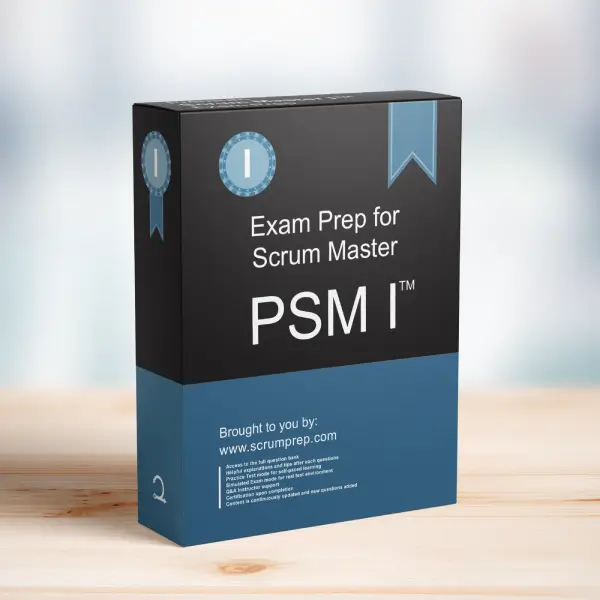Choosing Product Backlog Items When Multiple Scrum Teams Work from the Same Product Backlog
When multiple Scrum Teams work from the same Product Backlog, it’s crucial to have a clear and efficient method for selecting items to ensure alignment and effective collaboration. Let’s explore the best approach for this scenario.
Exam Question
How should Product Backlog items be chosen when multiple Scrum Teams work from the same Product Backlog? (choose the best answer)
- A. The Developers pull in work in agreement with the Product Owner.
- B. The Product Owner should provide each team with its own Product Backlog.
- C. Each Scrum Team takes an equal number of items.
- D. The Product Owner decides.
- E. The Scrum Team with the highest velocity pulls Product Backlog items first.
Correct Answer
A. The Developers pull in work in agreement with the Product Owner.
Explanation
Why A is Correct
A. The Developers pull in work in agreement with the Product Owner:
In Scrum, the Product Owner is responsible for ordering the Product Backlog to maximize value. When multiple Scrum Teams are working from the same Product Backlog, it’s essential that the teams collaborate with the Product Owner to select items. This approach ensures that the teams are aligned with the Product Owner’s priorities and that the selected work is cohesive and focused on delivering the highest value.
Why B, C, D, and E are Incorrect
B. The Product Owner should provide each team with its own Product Backlog:
Creating separate Product Backlogs for each team can lead to fragmentation and misalignment. The goal is to have a single, unified Product Backlog that reflects the overall priorities and vision for the product.
C. Each Scrum Team takes an equal number of items:
Simply dividing the items equally among teams does not consider the value or priority of the items. The focus should be on pulling the most valuable work, not just an equal distribution of items.
D. The Product Owner decides:
While the Product Owner orders the Product Backlog, the selection of items for a Sprint is a collaborative process involving the Developers. The Developers need to agree on what they can achieve based on their capacity and skills.
E. The Scrum Team with the highest velocity pulls Product Backlog items first:
Prioritizing based on velocity does not align with Scrum principles. The goal is to deliver the highest value, not to create competition between teams. All teams should collaborate and pull work based on the Product Owner’s priorities and their collective capacity.
Key Points
- Collaboration: Selecting Product Backlog items should be a collaborative process between the Product Owner and the Developers.
- Unified Backlog: A single Product Backlog ensures alignment and focus on delivering the highest value.
- Value-Driven: The selection of items should be based on value and priority, not just equal distribution or velocity.
Responsibilities in Scrum
- Product Owner: Orders the Product Backlog and collaborates with the Developers to select the most valuable items for the Sprint.
- Scrum Master: Facilitates the collaboration between the Product Owner and Developers, ensuring effective communication and adherence to Scrum principles.
- Developers: Pull Product Backlog items for the Sprint in agreement with the Product Owner, based on their capacity and the Sprint Goal.
Relevance to the PSM I Exam
Understanding how to select Product Backlog items when multiple Scrum Teams are involved is crucial for the PSM I exam. This knowledge helps candidates appreciate the importance of collaboration, alignment, and value-driven prioritization within the Scrum framework.
Conclusion
When multiple Scrum Teams work from the same Product Backlog, the best approach is for the Developers to pull in work in agreement with the Product Owner. This ensures that the selected items align with the Product Owner’s priorities and that the teams are working collaboratively to deliver the highest value.
For comprehensive preparation and practice exams, check out PSM I Exam Prep to enhance your understanding and application of Scrum principles.




